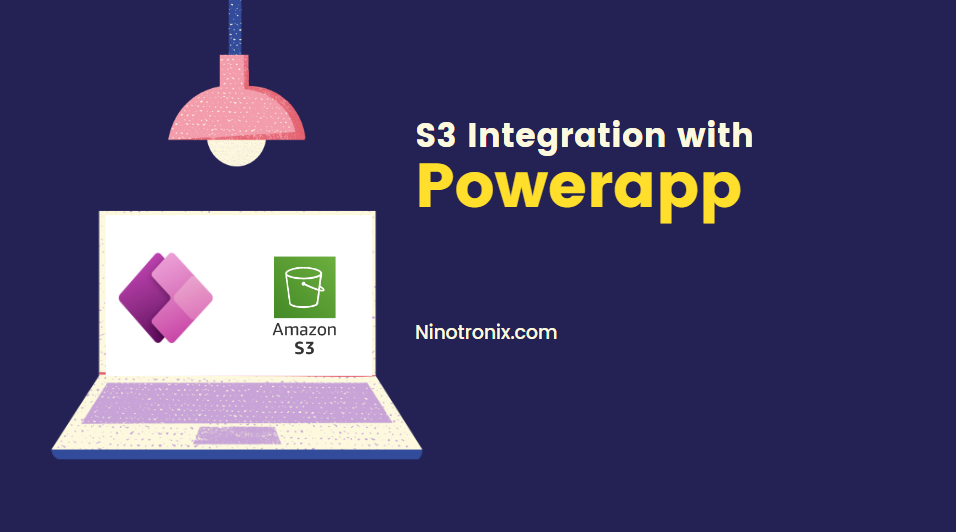Power Apps is a powerful low-code platform that allows you to build custom applications without extensive coding knowledge. Integrating Power Apps with Amazon S3 (Simple Storage Service) can enhance your app’s capabilities by enabling efficient file storage and retrieval. In this step-by-step guide, we will walk you through the process of integrating Power Apps with S3, empowering you to create robust file management functionality in your applications.
Step 1: Set Up an Amazon S3 Bucket
- Log in to your AWS Management Console and navigate to the S3 service.
- Click on “Create Bucket” and provide a unique name for your bucket.
- Choose the region for your bucket and configure any desired settings, such as versioning or logging.
- Once created, note down the bucket name and region for later use.
Step 2: Create a Power App
- Open the Power Apps portal and click on “Create” to start building a new app.
- Choose the canvas or model-driven app template based on your requirements.
- Design your app’s interface by adding controls and screens.
- Identify the area where you want to integrate S3 functionality, such as file upload or download.
Step 3: Add the Azure Blob Storage Connector
- In the Power Apps Studio, click on “View” and select “Data sources.”
- Choose “New Connection” and search for “Azure Blob Storage” in the connectors list.
- Authenticate the connector using your Azure credentials and grant the necessary permissions.
Step 4: Configure the S3 Connection in Power Apps
- In the Data sources pane, click on “Add data source” and select “Azure Blob Storage” from the list.
- Provide a name for the connection and enter your S3 bucket’s name and region.
- Optionally, configure advanced settings such as access control and content type.
Step 5: Design the File Upload Functionality
- Add a file upload control to your app’s screen where users can upload files.
- Bind the file upload control to a data source, specifying the S3 connection you created.
- Configure the necessary properties, such as the file name and storage location.
- Implement any additional logic, such as validation or error handling.
Step 6: Implement File Download Functionality
- Add a button or link control to your app’s screen for file download.
- Configure the control’s OnSelect property to download the file from S3.
- Use the appropriate functions, such as AzureBlobStorage.GetFile or AzureBlobStorage.GetFileContent.
Step 7: Test and Publish the App
- Save your Power App and test the S3 integration by uploading and downloading files.
- Iterate and refine your app as needed, ensuring a seamless user experience.
- Once satisfied, publish the app to make it available to your intended audience.
Conclusion: Integrating Power Apps with Amazon S3 opens up a world of possibilities for file management within your applications. By following this step-by-step guide, you’ve learned how to set up an S3 bucket, create a Power App, add the Azure Blob Storage connector, and configure the S3 connection. You’ve also implemented file upload and download functionality, allowing users to interact with files stored in S3 seamlessly. With this foundation, you can continue exploring advanced features, such as securing access, automating workflows, or leveraging S3’s powerful capabilities to enhance your Power Apps further.

